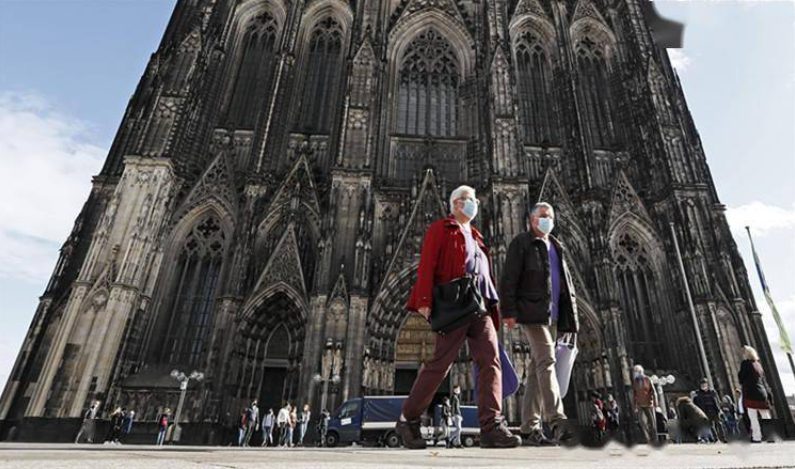April 9th local time, the city of Cologne, Germany, issued an alarm that the city’s hospitals and clinics were facing a crisis due to the continuous increase in intensive care ward occupancy.
According to the city’s report, the number of intensive care wards in Cologne has increased from 91 to 106 in the past three days alone, compared with 112 maximum intensive care ward occupancy in Cologne during the peak of the second wave in Germany.
Cologne City Councilor Bloom, head of the pandemic crisis group, described the hospital’s situation as “very serious” and the crisis team has decided to rescind all the city’s easing measures. Starting from next week, museums, zoos and other places in the city will be closed again, and places where masks must be worn in public places will be banned from consumption and drinking on Saturday.
Meanwhile, Schleswig-Holstein insists on implementing loose measures such as opening outdoor dining starting next week. According to the latest statistics of the Robert Koch Institute of Disease Control and Prevention in Germany, the incidence rate of Schleswig-Holstein is 65 per 100,000 people, which is the lowest of all federal states in Germany.
The incidence rate of North Rhine-Westphalia, where the city of Cologne is located, is 109 per 100,000 people, slightly lower than the national average of 110.



